LECTURE AND SLIDE SHOW
REFERENCES

Description: Coined "Black Tuesday", October 29th, 1929 was the birth of a severe worldwide economic downturn known as "The Great Depression". On that date the stock market crashed. After the Dow Jones Industrial Average hit a record high of 381.17 on September 3rd, 1929 - it suddenly began to decline. On "Black Thursday" (October 24th, 1929) nearly 13 million shares were traded. Over the weekend, attempts to halt the slide were sensationalized by American newspapers. On Monday, October 28th, the first so-called "Black Monday", more investors decided to get out of the market and the slide continued with a record loss of 13% in the DJIA. The following day (Black Tuesday) nearly 16 million shares were traded (an unprecedented amount), and the Dow Jones closed at 230.07. The American way of life changed in a few short days as a decade-long economic lethargy would put millions out of work and many out of their homes. During this period, there was an unusual drought in the "bread basket" of the United States. Little or no rainfall made areas arid and untenable in parts of Texas, Oklahoma, Kansas, New Mexico and Colorado. Then the wind started to blow. It did not stop blowing for several years, taking precious layers of topsoil and turning it into dust. Join New England Folklorist John Horrigans as he takes you back to the "Dirty Thirties" with a lecture filled with vivid images of vast American dust storms ("Black Blizzards" and "Black Rollers") that compounded the misery of an already-suffering nation. The Dust Bowl affected 100,000,000 acres, displaced farmers and families and was an ecological and human disaster caused by misuse of land and years of sustained drought.





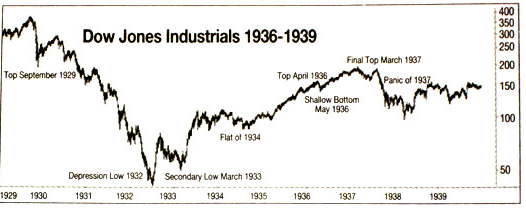





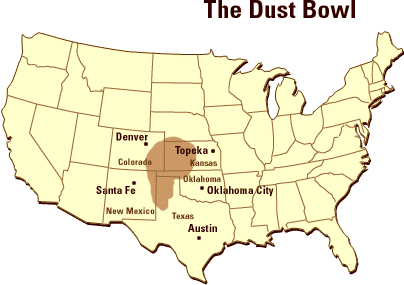

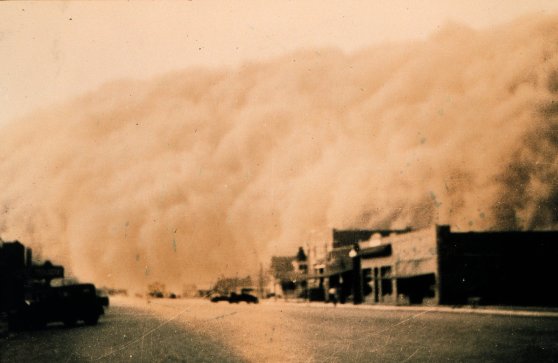



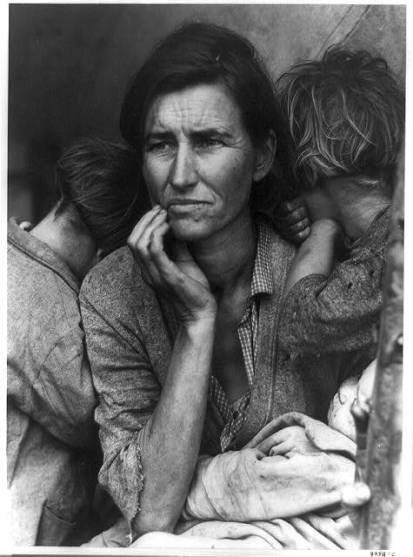

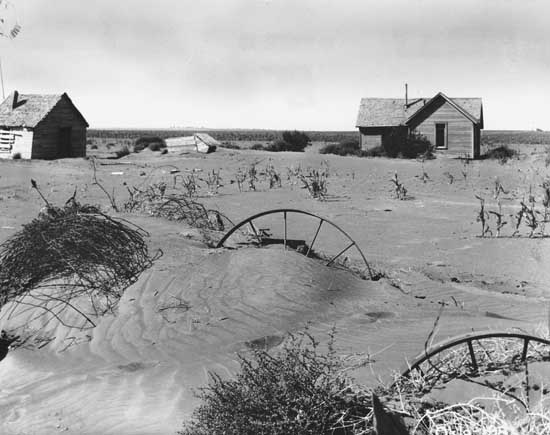

THIS LECTURE HAS BEEN PERFORMED FOR:

Running Time: 57 minutes Size: 49 MB

RETURN TO JOHN HORRIGAN HISTORICAL LECTURES
JOHN'S AUDIO CATALOGUE
JOHN'S MAIN PAGE